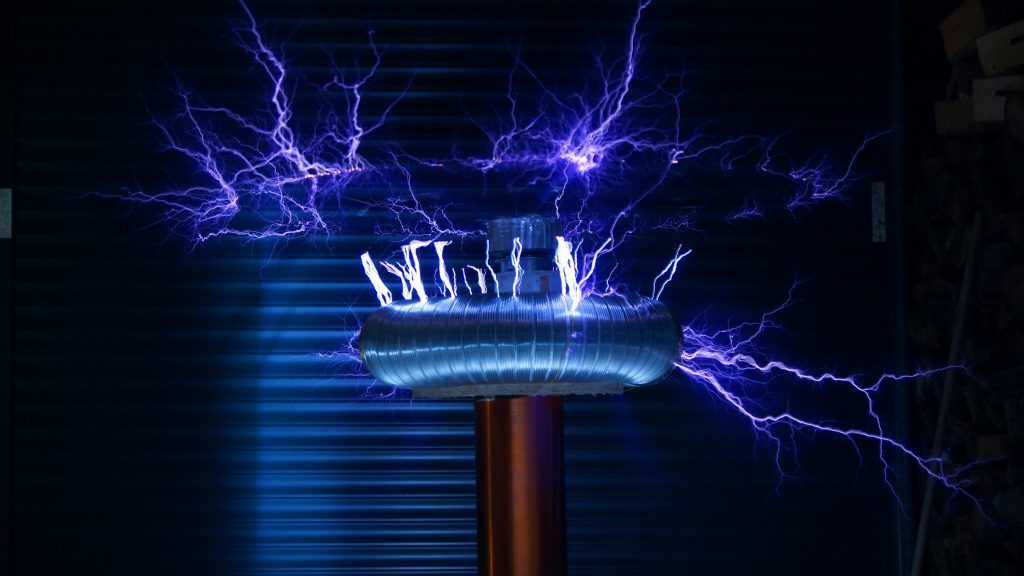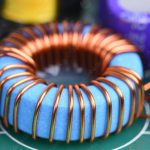Introduction 🌱
In our quest for sustainable and renewable energy, piezoelectricity stands out as an innovative technology that transforms mechanical pressure into electrical energy. This phenomenon, found both in natural crystals and synthetic materials, has practical applications ranging from medical devices to energy-harvesting systems. But how does it work? Let’s explore the science behind piezoelectricity and its potential to revolutionize how we generate and use power.
What is Piezoelectricity? 🧠
Piezoelectricity refers to the ability of certain materials to generate an electric charge when subjected to mechanical stress. The term is derived from the Greek word piezein, meaning “to press” or “to squeeze.” When pressure is applied to a piezoelectric material, it causes a shift in the material’s atomic structure, resulting in an electric charge. This process is reversible—applying an electric field can also cause these materials to deform, making piezoelectricity a two-way phenomenon.
How Does Piezoelectricity Work? ⚙️
At the atomic level, piezoelectric materials have a crystalline structure that lacks a center of symmetry. When mechanical stress is applied, positive and negative charges within the crystal lattice become displaced, creating an electric potential. This charge can be collected and used as electrical energy. Conversely, when an electric field is applied, the material changes shape, a principle used in various actuators and sensors.
Key materials with piezoelectric properties include:
- Quartz (SiO₂) ⛏️ – Found naturally and used in watches and sensors.
- Rochelle salt (Sodium potassium tartrate) 🧂 – Known for its high sensitivity.
- PZT (Lead zirconate titanate) 🧩 – A synthetic ceramic widely used in industrial applications.
- PVDF (Polyvinylidene fluoride) 🧵 – A flexible polymer with piezoelectric properties.
Applications of Piezoelectricity 🚀
Piezoelectricity has numerous applications across various industries, including:
- Energy Harvesting ⚡ – Piezoelectric materials embedded in floors and roads can generate electricity from footsteps and vehicle movement, providing a sustainable energy source in urban environments.
- Medical Devices ❤️ – Piezoelectric sensors are used in ultrasound imaging, pacemakers, and hearing aids, where precision and reliability are essential.
- Consumer Electronics 📱 – Quartz crystals in watches and electronic devices maintain accurate time by converting mechanical vibrations into electrical signals.
- Aerospace and Automotive 🛫🚗 – Piezoelectric sensors monitor vibrations, pressure changes, and structural integrity, ensuring safety and performance.
- Smart Infrastructure 🏗️ – Piezoelectric materials integrated into buildings can detect stress and strain, enabling early detection of structural issues.
Energy Harvesting: A Sustainable Future 🌍
The ability to harvest energy from everyday activities makes piezoelectricity a promising technology for sustainable energy solutions. Imagine a city where sidewalks and roads capture the energy from footsteps and traffic, converting kinetic energy into electricity to power streetlights and public infrastructure. Similarly, wearable devices with embedded piezoelectric materials could harness energy from body movements, reducing the need for batteries.
Case Study:
- Tokyo Railway Station, Japan 🚉 – Piezoelectric floor tiles installed in the station generate electricity from the footsteps of thousands of commuters, powering lights and digital displays.
- Pavegen Tiles, UK 🧩 – Pavegen has developed flooring systems that convert foot traffic into electricity, promoting sustainable energy solutions in public spaces.
Advantages and Limitations ⚖️
Advantages:
✅ Renewable and sustainable energy source
✅ Compact and lightweight materials
✅ Low maintenance and long lifespan
✅ Operates in harsh environments without degradation
Limitations:
❗ Limited energy output compared to other renewable sources
❗ High production costs for synthetic piezoelectric materials
❗ Efficiency depends on the frequency and magnitude of mechanical stress
Future Prospects 🔮
As technology advances, researchers are developing new materials with enhanced piezoelectric properties, improving energy conversion efficiency and expanding potential applications. Combining piezoelectricity with other renewable energy sources can create hybrid systems that maximize energy generation and minimize environmental impact. With continued innovation, piezoelectric technology could play a crucial role in creating self-powered devices and sustainable cities.
Conclusion 🌱⚡
Piezoelectricity represents a fascinating intersection of physics and sustainable technology. By converting mechanical pressure into electrical energy, it offers a renewable and eco-friendly way to power devices and infrastructure. While challenges remain in terms of energy output and cost, ongoing research and innovative applications are paving the way for a future where energy harvesting from everyday activities becomes a reality. As we strive for a more sustainable world, piezoelectricity stands as a testament to the power of science and innovation.


